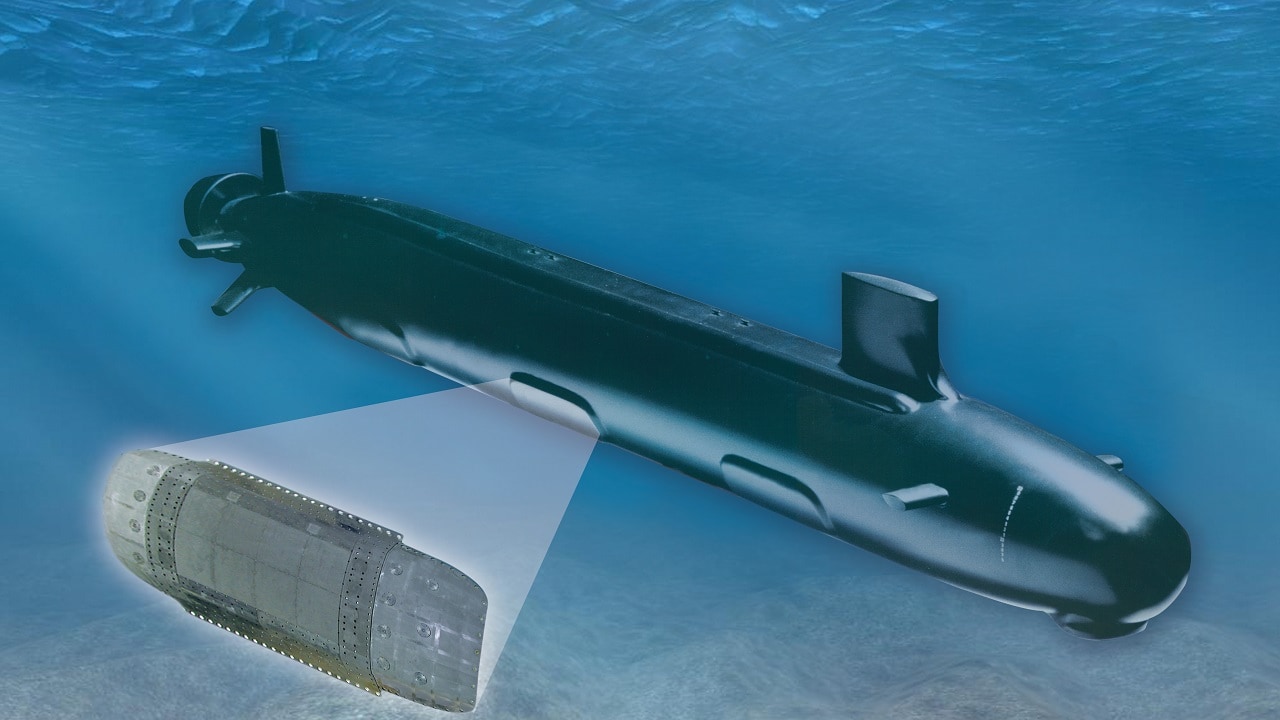Top Generals Plead With Trump: Don’t Kill the AUKUS Submarine Deal
Key Points and Summary
-The landmark AUKUS submarine deal is under threat, facing a critical review by the Trump administration to determine if it aligns with “America First” priorities.
-The core of the problem is the United States’ strained shipbuilding capacity, which struggles to produce enough nuclear-powered submarines for both its own Navy and Australia.
-In response, a powerful chorus of bipartisan voices, including former Secretary of Defense James Mattis, is publicly pressuring the White House not to abandon the pact, arguing that its failure would be a devastating blow to American credibility and a strategic gift to China.
AUKUS No Submarine Nightmare Comes True?
Amid growing bipartisan concern within the U.S. Congress – and even among loyal Trump allies – that the AUKUS submarine deal and security partnership could be under threat, a chorus of voices has begun publicly pleading with the White House not to abandon the program.
On September 2, Foreign Affairs published a piece written by retired U.S. Navy Admiral Gary Roughhead, Australian Liberal Party Senator Marise Payne, retired British Army officer General Sir Nicholas Carter, and former U.S. Secretary of Defense General James Mattis.
In it, the authors—representatives of the deal’s signatory countries—argue that abandoning the agreement now would be a blow to an alliance worth “revitalizing.”
Citing the announcement by the U.S. Department of Defense in June that a review of the AUKUS agreement would begin soon.
The review, led by Under Secretary of Defense for Policy, Elbridge Colby, is designed to determine whether the pact aligns with President Donald Trump’s “America First” priorities – specifically with regard to domestic industrial capacity, burden-sharing, and readiness.
The announcement came about after concerns were raised about the United States’s submarine production capacity, which is currently insufficient to meet both its own Navy’s needs and the goals stated under AUKUS.
Specifically, the review will focus on Pillar I of the deal – one of two such pillars – that will see the delivery of Virginia-class nuclear-powered submarines from the United States to Australia. The Pentagon anticipates that the review will be complete by the end of autumn, 2025 – but Australian officials have said that the timeline has already slipped past initial expectations.
The AUKUS trilateral security partnership, which was established on September 2021, centers on two main components. While Pillar 1 is most relevant to the ongoing review – focusing on the delivery of nuclear-powered submarines to Australia and the sharing of advanced U.S. and U.K. propulsion technology – Pillar 2 is equally important.
The second element of the agreement establishes long-term collaboration between the three countries on advanced technologies including quantum, AI, autonomous undersea systems, hypersonics, and electronic warfare.
The agreement represents a shift toward deeper military cooperation and interoperability between allied forces in the Indo-Pacific region – and any move to weaken the deal could be argued as a gift to China.
AUKUS Must Be Saved…
And that’s precisely what British, America, and Australian experts argued in Foreign Affairs – and what other analysts are arguing, too.
On August 25, the Center for Strategic & International Studies published a report by Abraham Denmark and Charles Edel, in which the authors argue the deal represents the “boldest strategic declaration of the twenty-first century” by the U.S. and its allies.
But as the deal reaches a critical juncture, they argue that “shoring up AUKUS and ensuring its success” is a “strategic imperative,” describing how the United States would be severely impacted should the agreement fail.
“Should AUKUS fail or be scrapped, the United States would become less capable in the Indo-Pacific, its defense posture and diplomatic presence would become less deeply embedded, its international credibility would be dramatically undercut, deterrence would be undermined, and propaganda from Beijing and Moscow declaring the unreliability of American commitments would gain significant credibility,” the authors write.

Image of Virginia-Class Submarine. Image Credit: Creative Commons.
Whether the review does indeed wrap up this autumn or not, Trump faces a clear challenge: he must ensure America’s submarine-building capacity is sufficient, and accelerate development of advanced technologies to counter China’s growing aggression in the Indo-Pacific.
And there’s no shortage of analysts and officials at home and abroad giving him good reasons to plough ahead with the initiative.
About the Author:
Jack Buckby is a British author, counter-extremism researcher, and journalist based in New York who writes frequently for National Security Journal. Reporting on the U.K., Europe, and the U.S., he works to analyze and understand left-wing and right-wing radicalization, and reports on Western governments’ approaches to the pressing issues of today. His books and research papers explore these themes and propose pragmatic solutions to our increasingly polarized society. His latest book is The Truth Teller: RFK Jr. and the Case for a Post-Partisan Presidency.
More Military
We Got Really Close to the K2 Black Panther Tank










